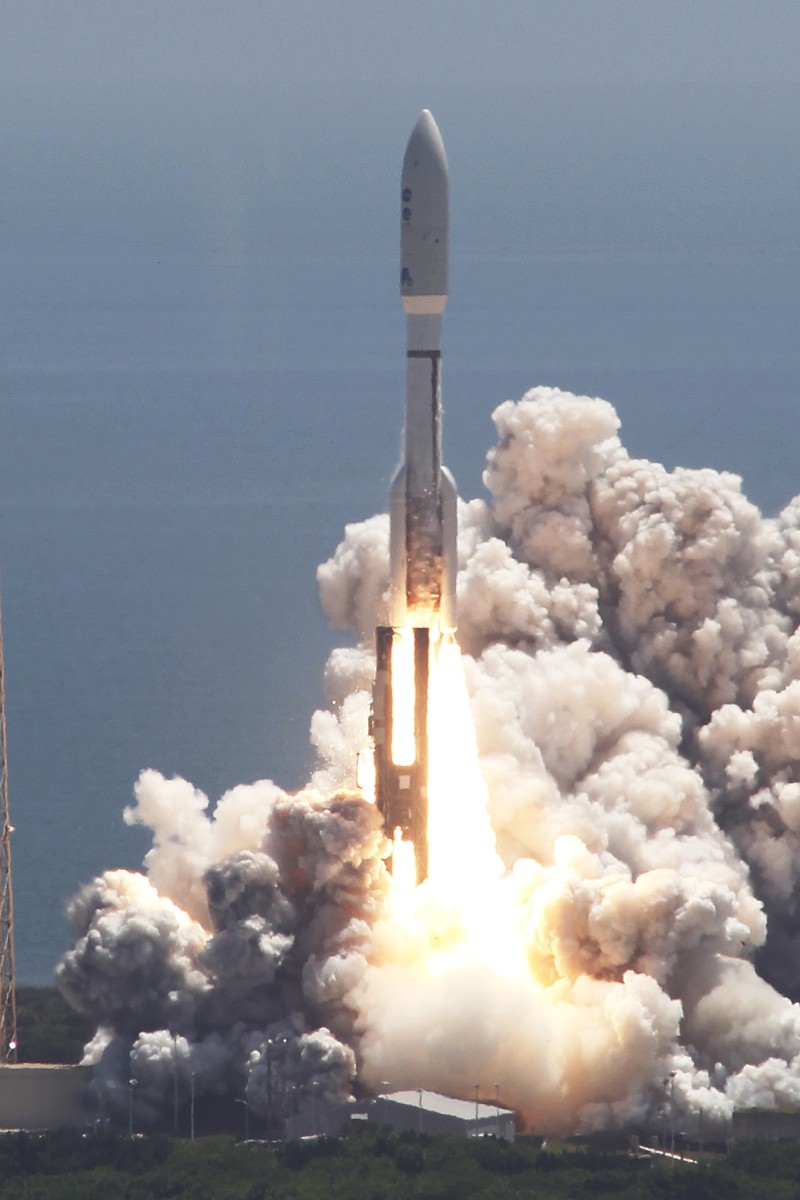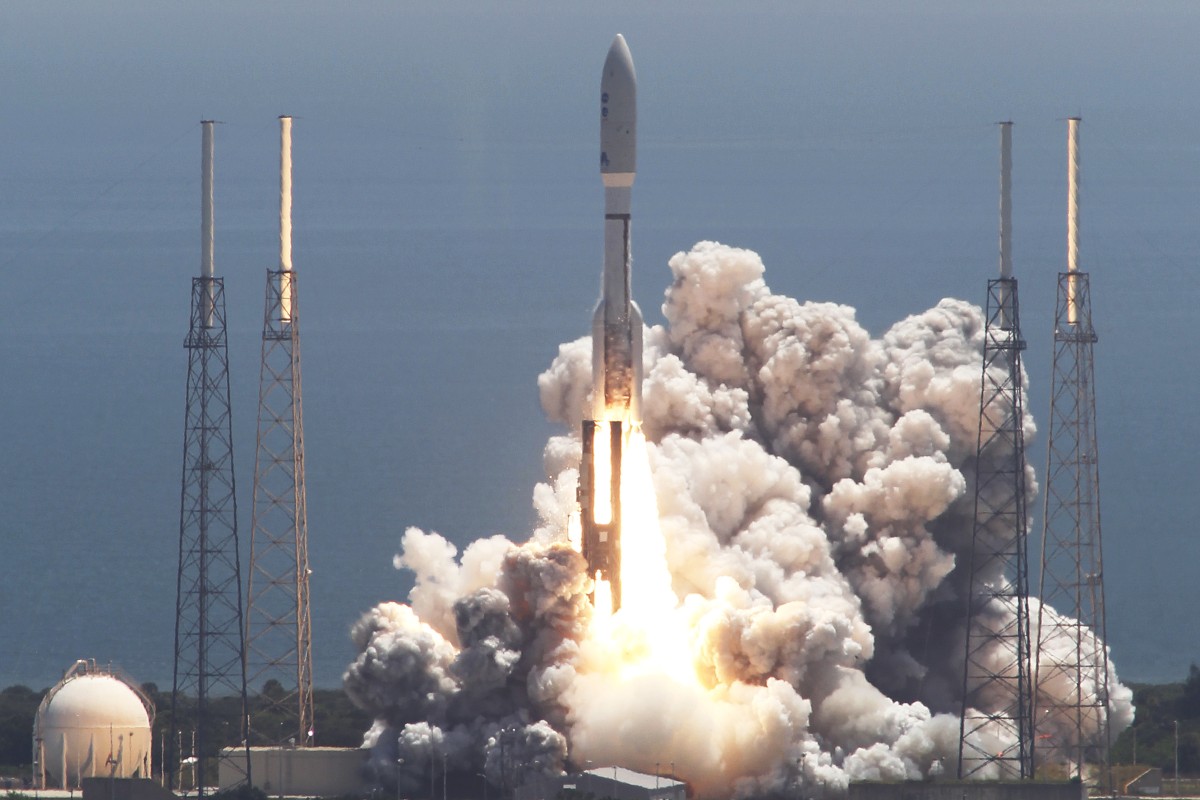
Unsolved mysteries about the solar system's biggest planet
 Atlas V rocket carrying the Juno space probe lifts off from Cape Canaveral in Florida.
Atlas V rocket carrying the Juno space probe lifts off from Cape Canaveral in Florida.Nasa is headed to Jupiter again for what's promised to be the best views and most extensive exploration yet.
The Juno spacecraft, named after the Roman goddess who was Jupiter’s wife, arrives today after a nearly five-year voyage. It will orbit the planet for more a year.
So, what else is there to know about Jupiter?
Water
Juno will hunt for water in Jupiter’s atmosphere, which may help explain how Earth got its water. Previous spacecraft found only a trace amount in Jupiter’s atmosphere, but scientists think they didn’t look deep enough. Juno carries an instrument that can pierce through thick clouds to measure the water content.
Great Red Spot
A world of swirling clouds and colorful stripes, Jupiter's most prominent feature is the Great Red Spot, a fierce storm in the atmosphere larger than Earth that has lasted for centuries. In recent years, the spot has been mysteriously shrinking. Once an oval about 41,036 kilometres in the late 1880s, the spot shrank to its smallest observed size in 2014 - the shape of a circle about 16,495 kilometres. Juno will study how deep into the atmosphere the Great Red Spot extends, to understand what may happen next to Jupiter’s trademark.
Auroras
Earth’s dazzling southern and northern lights are dim compared to Jupiter's auroras, the brightest in the solar system. Earth's polar lights are triggered by solar storms, which occur when a cloud of gas from the sun slams into the planet's magnetic field. Jupiter's powerful auroras are sparked by the planet's own rotation. Jupiter is the fastest-spinning planet in the solar system, taking just 10 hours to complete a rotation. As Jupiter spins, it drags its magnetic field around with it. Juno will observe the light show and learn about the driving forces behind it.
Polar regions
The first peek of Jupiter’s poles came in 1974 when Pioneer 11 flew by on the way to Saturn. Juno will get a more detailed look by passing over Jupiter's polar regions. During the next year, the spacecraft will circle Jupiter 37 times from pole to pole - a path that will cover the whole planet. At its closest approach, Juno will skim within 5,000 kilometres of Jupiter's cloud tops.
